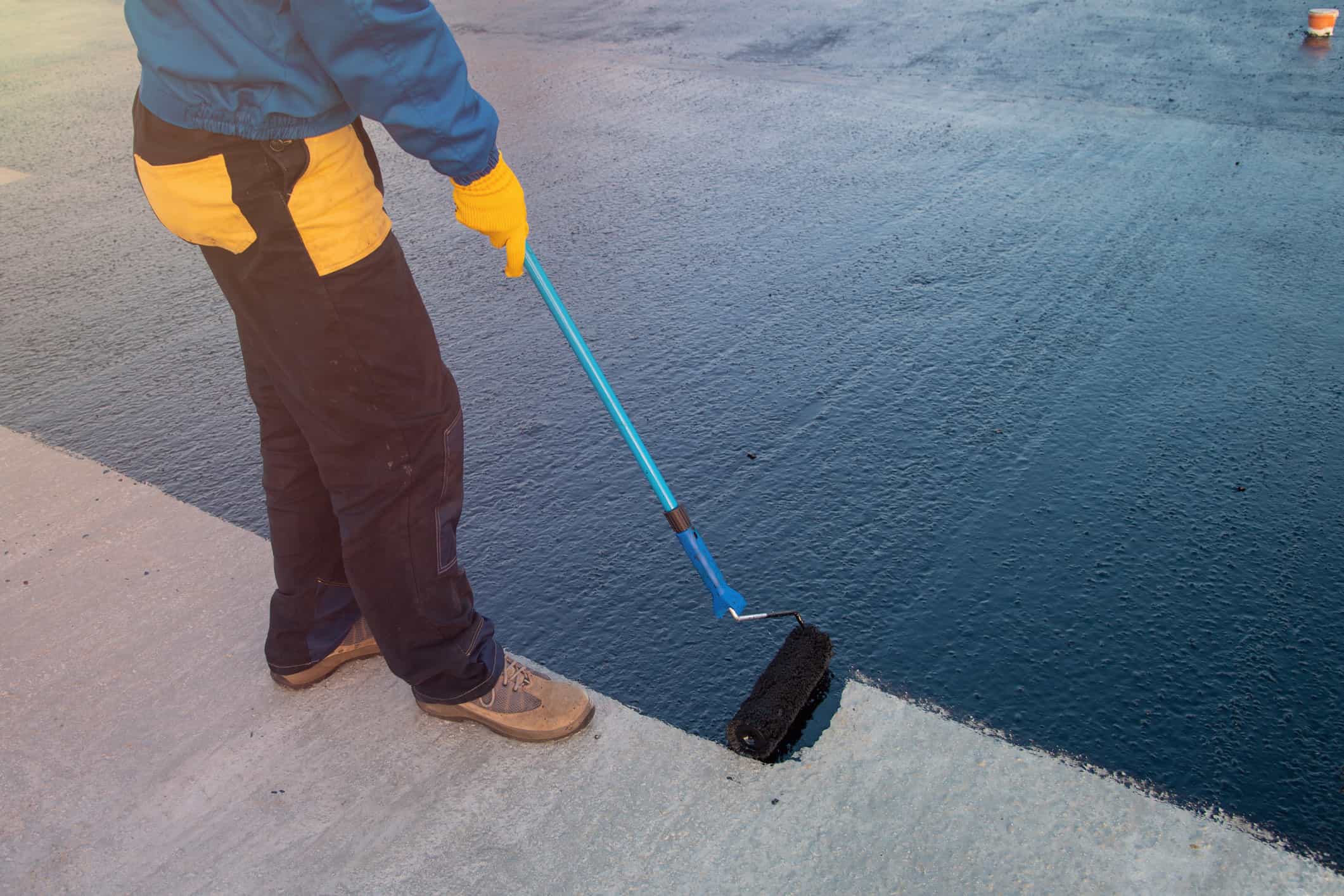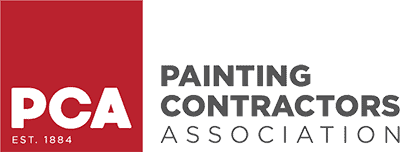Industrial painting is not just about maintaining appearances. For industrial plants, warehouses, logistics centers, and manufacturing facilities, painting is a crucial part of infrastructure protection, worker safety, and regulatory compliance. It’s not a task to rush or delegate without forethought—it’s one that OSHA and the EPA have very specific expectations for.
When done improperly, industrial painting can lead to fines, lawsuits, and even operational shutdowns. This article gives smart business owners and facility managers a clear understanding of what’s expected under OSHA and EPA guidelines—and how to ensure compliance at every step.
Why Compliance Matters in Industrial Painting
Real Financial Risk
Every industrial painting job has two potential outcomes: compliance or cost. If you don’t meet regulatory standards, you’re vulnerable to OSHA or EPA violations that can carry significant penalties.
-
OSHA fines for serious violations now exceed $16,000 per infraction.
-
EPA violations related to hazardous materials mismanagement can result in penalties of up to $50,000 per day.
Beyond fines, shutdowns due to noncompliance cost productivity, and reputational damage can follow in competitive industries where clients value reliability.
Examples from the Field
Consider the case of a food processing plant in Illinois that failed to follow lead abatement guidelines during repainting. The job was halted mid-project, inspectors intervened, and the facility was shut down for two weeks while remediation was completed—at a cost of over $150,000 in lost revenue and fines.
In another case, a Texas facility was fined for applying high-VOC paint without proper ventilation, resulting in a work-related respiratory illness that led to a workers’ comp claim.
It’s Not Just Fines—It’s Your Reputation
Unsafe or non-compliant painting can trigger:
-
Workplace injuries
-
Higher insurance premiums
-
Lawsuits
-
Damage to public trust, especially in consumer-facing manufacturing (e.g., food, pharma)
Industrial painting, when done right, protects more than surfaces—it protects your operation.
OSHA Requirements for Industrial Painting Projects
Worker Safety Regulations
OSHA’s industrial painting standards span across general industry (29 CFR 1910) and construction (29 CFR 1926) regulations. Here are some of the most relevant mandates:
-
Fall protection (1926 Subpart M): Required for all elevated painting work over 6 feet.
-
Respiratory protection (1910.134): Mandatory when dealing with spray painting, solvent exposure, or sanding that creates fine particulates.
-
Scaffolding and ladders (1926.1060): Must meet safety specs and be inspected daily.
-
Hazard Communication (1910.1200): Workers must receive training on hazardous paint ingredients, including SDS (Safety Data Sheets) review.
Lead and Surface Prep Hazards
If your building was constructed before 1978, lead-based paints may still be present under newer coatings. OSHA’s 1926.62 Lead in Construction Standard requires:
-
Air monitoring
-
Dust containment (plastic sheeting, negative air systems)
-
Proper respirator use
-
Medical surveillance for affected workers
Electrical lockout/tagout procedures must also be enforced when painting near equipment.
PPE: What’s Required
| Task Type | Required PPE |
|---|---|
| Sanding/Grinding | N95 or P100 respirator, goggles, gloves |
| Solvent Use | Chemical gloves, eye protection, ventilation |
| Spray Painting | Full-face respirator, Tyvek suit, boot covers |
Don’t guess—refer to your product’s SDS sheet and OSHA’s PPE standards before each project.
EPA Expectations: Environmental Responsibility in Industrial Painting
The Environmental Protection Agency regulates painting activities through several overlapping rules focused on emissions, disposal, and product compliance.
VOC Emission Standards
Volatile Organic Compounds (VOCs) are chemical gases released by many paints and solvents. High-VOC products contribute to smog, health problems, and poor indoor air quality.
Federal VOC limits under the Clean Air Act are:
| Coating Category | VOC Limit (Federal) |
|---|---|
| Industrial Maintenance | 340 g/L |
| Rust Inhibitive Primer | 250 g/L |
| Non-flat Coatings | 380 g/L |
In stricter states like California (under SCAQMD), some limits are as low as 100 g/L.
Use low-VOC or no-VOC products to ensure compliance, such as:
-
Sherwin-Williams Pro Industrial™ Zero VOC
-
Benjamin Moore Ultra Spec® HP
-
PPG Speedhide Pro-EV Zero
Overspray and Hazardous Waste
Overspray that reaches soil or drains is considered unauthorized discharge. That means:
-
Covering grates and storm drains is essential.
-
Disposing of rags, filters, and used containers in sealed, labeled hazardous waste containers is mandatory if they exceed threshold levels of solvent residue.
Emissions Permits (NESHAP)
If your facility uses specific coatings with hazardous air pollutants (HAPs)—such as those containing chromium or formaldehyde—you may fall under EPA’s National Emission Standards for Hazardous Air Pollutants (NESHAP) rules. This may require permitting, especially for:
-
Aerospace
-
Shipbuilding
-
Automotive refinishing
-
Metal fabrication
Recordkeeping: What You Must Log
Maintain a file of:
-
Product datasheets
-
Employee training logs
-
Waste disposal manifests
-
Quarterly emissions logs (if applicable)
-
VOC content receipts for coatings used
Inspectors can request this at any time—keep your documentation accessible.
Choosing the Right Industrial Paint Products
Choosing the right coating is not just about adhesion or durability—it’s about safety, compliance, and longevity. Below are four top industrial painting products commonly used in regulated environments.
Product Guide
Sherwin-Williams Pro Industrial™ Acrylic Coating
-
Zero VOC
-
Good chemical resistance
-
Used in food processing and pharma sectors
PPG Pitt-Tech® Plus
-
Waterborne acrylic
-
Rust-inhibitive
-
Great for indoor steel structures
Tnemec Series 115 Uni-Bond DF
-
High-performance epoxy
-
Ideal for water treatment facilities and high-humidity environments
Carboline Carbomastic 615
-
High-solids epoxy
-
Exceptional corrosion protection
-
Common in petrochemical plants
| Brand | Key Features | VOC Compliant |
|---|---|---|
| Sherwin-Williams | Zero-VOC, fast-drying, chemical-resistant | ✅ |
| PPG | Rust-inhibitive, low odor | ✅ |
| Tnemec | Immersion-grade epoxy | Check spec |
| Carboline | Abrasion- and corrosion-resistant | ✅ |
Surface-Specific Coating Applications
-
Concrete floors: Use 2-part epoxies with slip resistance additives (e.g., Sherwin-Williams ArmorSeal)
-
High-moisture areas: Use moisture-cure urethanes or Tnemec epoxy
-
Machinery & piping: Use direct-to-metal enamels (e.g., PPG Aquapon)
Hiring a Commercial Painter: What to Ask
Selecting the right contractor is just as important as picking the right product.
Compliance Questions to Ask
-
Are your painters certified in OSHA 10 or 30-hour safety training?
-
Do you provide a written respirator and containment plan?
-
Can you document proper waste disposal procedures?
Reputable contractors will not hesitate to provide these materials—and if they can’t, keep looking.
Licensing and Insurance
Ensure your contractor has:
-
Commercial general liability insurance
-
Workers’ compensation
-
A valid contractor’s license for industrial painting
-
Certifications for confined space entry, lead handling, or aerial lift operation if required
Maintenance Services
The best painting partners will offer:
-
Annual or biennial maintenance contracts
-
Power washing and touch-up painting bundles
-
Coating inspection reports (useful for audits)
Common Industrial Painting Mistakes to Avoid
Ignoring Prep Work
Rust, oil, dirt, and chalking must be fully removed or sealed before application. Painting over compromised surfaces without prep will shorten the coating’s lifespan drastically.
Using the Wrong Paint
Architectural-grade latex paint may be cheaper, but it won’t survive in a facility with high humidity, chemical exposure, or UV radiation. Worse—many aren’t VOC compliant for industrial use.
Poor Containment and Cleanup
Overspray contaminating workspaces or stormwater drainage systems can cost thousands in EPA violations. Always contain and mask your work area—indoors and out.
Lack of Records
If you can’t prove compliance, regulators will assume you’re noncompliant. Document everything—from training to materials to cleanup protocols.
Industrial Painting Compliance Checklist
| Task | OSHA/EPA Requirement | Action Item |
|---|---|---|
| Paint Product Selection | EPA VOC limits (federal + state) | Use certified low-VOC paints |
| Surface Prep & PPE | OSHA 1910.134, 1926.62 | Train on respirators, eye protection |
| Containment & Overspray | EPA water discharge rules | Use drop cloths, cover drains |
| Worker Safety Training | OSHA HAZCOM (1910.1200) | Maintain SDS binders, training logs |
| Waste Handling & Disposal | EPA Hazardous Waste Rules | Use proper drums, label and manifest |
| Fall Protection | OSHA Fall Protection Standards | Install rails, enforce harness use |
Keep this list on hand before, during, and after every painting project. It’s your roadmap to compliance and a quick reference during audits.
Paint Smarter, Not Riskier
Industrial painting may seem like just another maintenance task, but regulators don’t see it that way. OSHA sees it as a safety issue. The EPA sees it as an environmental concern. Your employees and customers see it as a reflection of your values.
Cutting corners on compliance isn’t just dangerous—it’s expensive. By using low-VOC products, hiring certified professionals, documenting your work, and following OSHA/EPA regulations, you can avoid fines, prevent injuries, and prolong your facility’s lifespan.
Industrial painting is where regulation, maintenance, and risk management intersect. Handle it with the same seriousness as any other operational process—and you’ll stay compliant, efficient, and protected.




